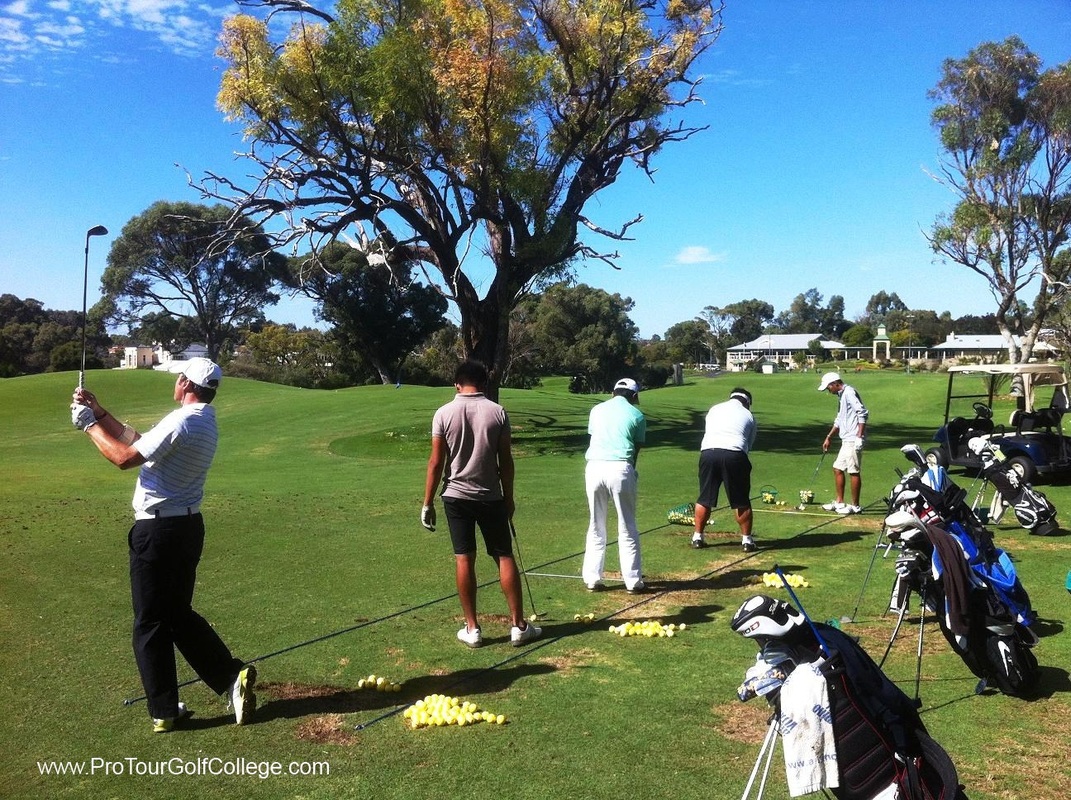
You've reached the right place if you are interested in the history of golf. Learn about kolf, how the game spread in the United States, and famous golfers! These golf history facts will allow you to get the most from your next game. Learn about the history and evolution of golf, as well as how it became a favorite sport. Don't miss our list of Famous Golfers, for more fun facts
Origins of golf

Many theories have been put forth about the origins and evolution of golf. These range from ancient Rome to medieval times. Some claim the game existed before the 15th Century. However, it is probable that golf originated in a medieval football game and not as a modern sporting activity. The game evolved from medieval game of football and is a descendent Norbert Eilers's beloved game, tsollen. Regardless of its earliest origins, golf has become a global sport.
Origins of the game of kolf
In 1261, the Dutch were the first to mention kolf. Over a distance of approximately two miles, players used clubs to hit wooden ball with their clubs. They scored points by reaching their opponent's starting point first. In later centuries, it was adaptable to both outdoor and indoor environments. Its origins were not clear in its early days. However, some believe that the game could have come from the Chinese game Chuiwan. This is just speculation.
Origins of golf in America
The fascinating history of golf is diverse and interesting, but its roots are hundreds of centuries old. Originating from Scotland, the game was adopted by Dutch settlers. They would play the game all year long, even on ice in winter. King Edward VII banned it because it could distract from military training. The game survived, and it was widely accepted by Americans.
Famous golfers

Since the Middle Ages, golf has developed and become a global game. Many consider golf a way for life. Numerous golfers have enjoyed great success. Some of the best golfers in history have won numerous championships, while others have contributed to the sport's growth by making it more accessible and entertaining. Harry Vardon won seven major championships as well as at least 17 professional events during his career. American golfer, Harry Vardon, is also regarded as the pioneer of knickerbocker clothing.
Origins of golf in Scotland
Although many rumors surround the history and origins of the game, none can be definitively confirmed. The word 'golf' originated from Scottish sources. It was originally used to denote a low-lying type of land, which is often sandy and treeless. Also covered with gorse, bent grass and gorse. To be considered true links, it must be within close proximity to a river or estuarine environment. Its early history predates the game’s origin in Scotland.
FAQ
What is the difference of a driving range versus a putting course?
A driving range allows players to practice hitting balls from distances of 50 yards to 300 yards. Players can practice their putting skills on putting greens.
What clubs should I use for my purposes?
There are many types and styles of clubs. A driver is a heavy-metal club that allows players to hit the ball farther. Other clubs include putters, irons wedges, wedges, woods, and irons.
Woods are longer clubs made to allow players to play closer to the pin and still be able to reach green. They are commonly used for long drives, approaches, and even putting.
Irons are shorter clubs that are designed to help players hit the ball closer to the pin. They are frequently used for chipping and putting.
Wedges are specialized clubs that are used to control the flight path of the ball. These clubs are often used for precise shots.
Putters are small clubs which can be used to roll the ball towards cups. They can be used by players for short putts.
The type you make depends on the type club you use. Different shots will suit different clubs.
For example, drivers are useful for hitting the ball far away from the hole. Wooden are great for driving the ball over long distances. Irons are great for making short shots. Wedges are excellent at controlling the flight of the ball. The perfect tool for rolling the ball in the hole is the putter.
What is a "par"?
Par is the number required to complete one hole. By adding up each player’s individual scores, the total score can be calculated.
You can play 18 holes during a round. Each hole has a different rating. "Par 3" is the highest-rated hole. It is three strokes from the hole. The lowest rated hole is called "par 5''. It is located five strokes from hole.
Statistics
- They do this by means of assessing and rating courses according to the average good score of a "bogey golfer," a player with a handicap of around 20. (en.wikipedia.org)
- In the United States, the number of people who play golf twenty-five times or more per year decreased from 6.9 million in 2000 to 4.6 million in 2005, according to the [51] (en.wikipedia.org)
- Buying a set of Titleist or Taylor-Made irons for nearly $1,000 is simply not necessary and likely a waste of money. (golficity.com)
- In the United States, women made up 25 percent of golfers in 2021, which was up from 19 percent in 2011, and junior female golfers account for 35 percent or 1.1 million golfers.[50] (en.wikipedia.org)
External Links
How To
How to Get the Perfect Bunker Shot
A bunker shot is a type golf shot that you aim at a certain spot on the hole (the green) to ensure your ball does not bounce off the surface. This is accomplished by taking advantage on the slope of green. The goal is to direct the ball as far as possible towards hole.
Golf is all about finding the best line to get to your goal point. It is important to consider factors like distance to the target, terrain type, whether the ball has to bounce off of the ground or fly straight and weather conditions.
Understanding the laws of physics is essential to executing a flawless bunker shot. First, decide if you're going uphill and downhill. A drawing club is required if you are facing uphill. You should swing with a fade when you're looking downhill. Next, determine how fast your body needs to move to stop the ball bouncing off of the green. This is done by measuring how far the ball is from you and which direction it is going. The final step is to measure the size of your bunker.
After you have figured out these basics, you can begin swinging. As you would with any other shot, swing hard enough for the ball to go past the club head. But slow enough to keep the ball from bouncing off green. You can start your approach once you have found the right speed, trajectory and direction. Slowly approach the ball, until you can clearly see the landing zone. After you have taken one last look at your ball, release it. If everything goes according the plan, you should get a perfect shot at bunker.